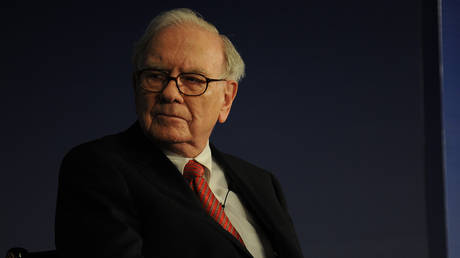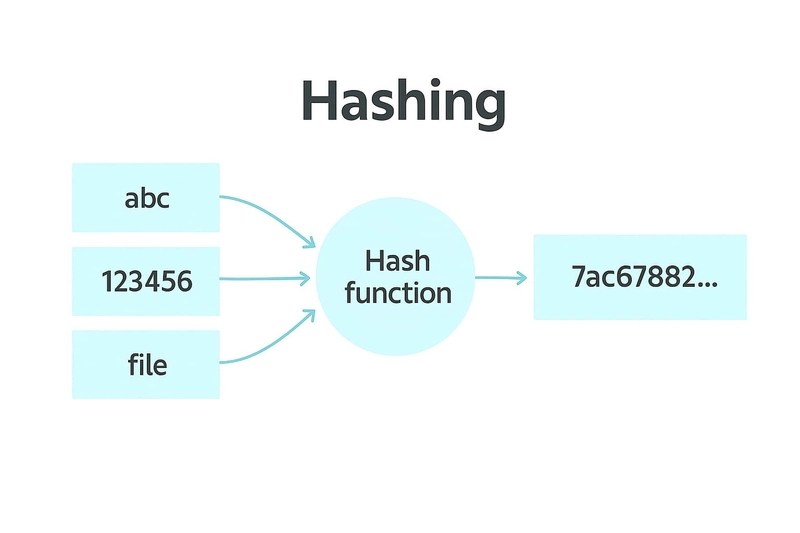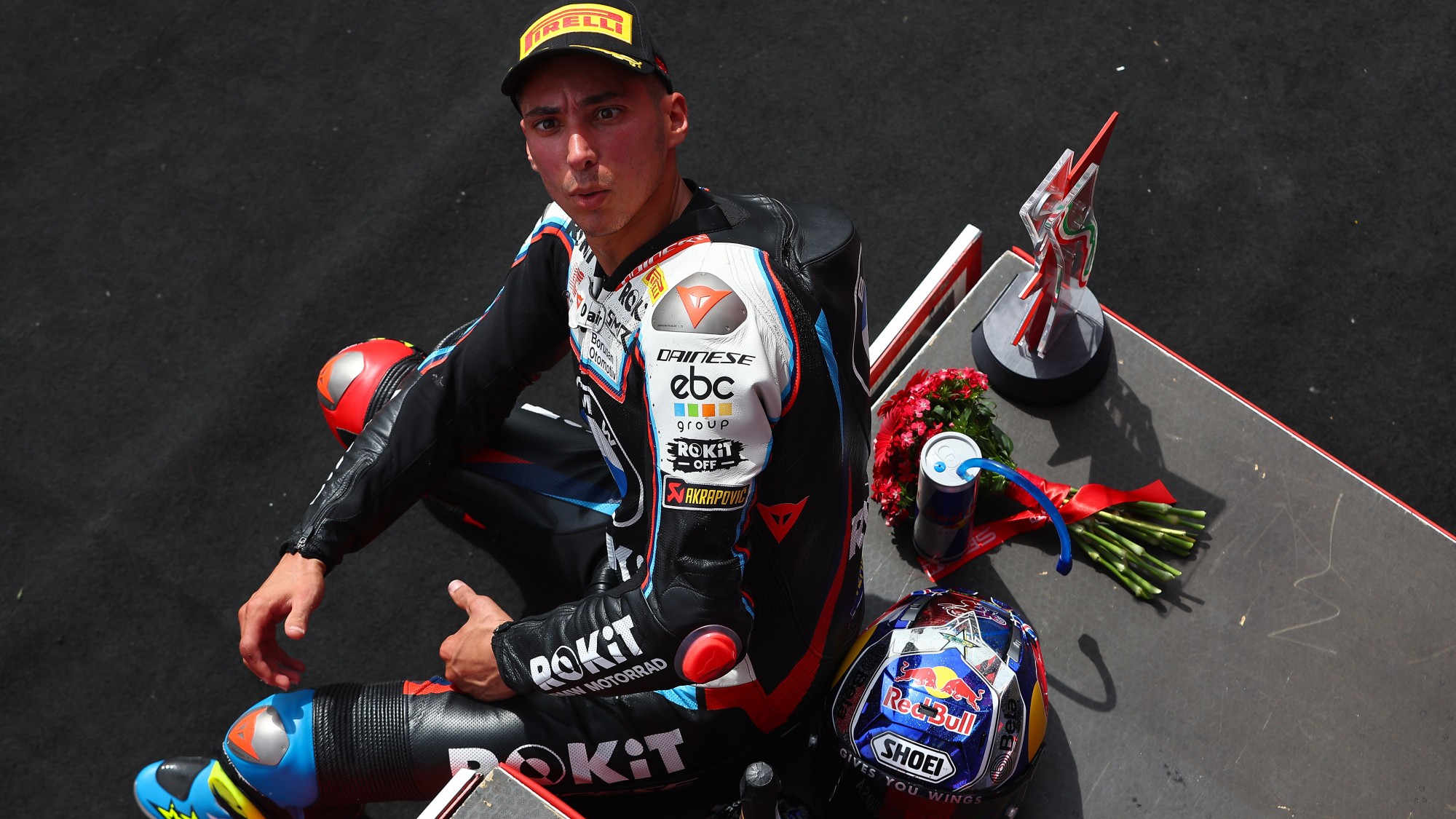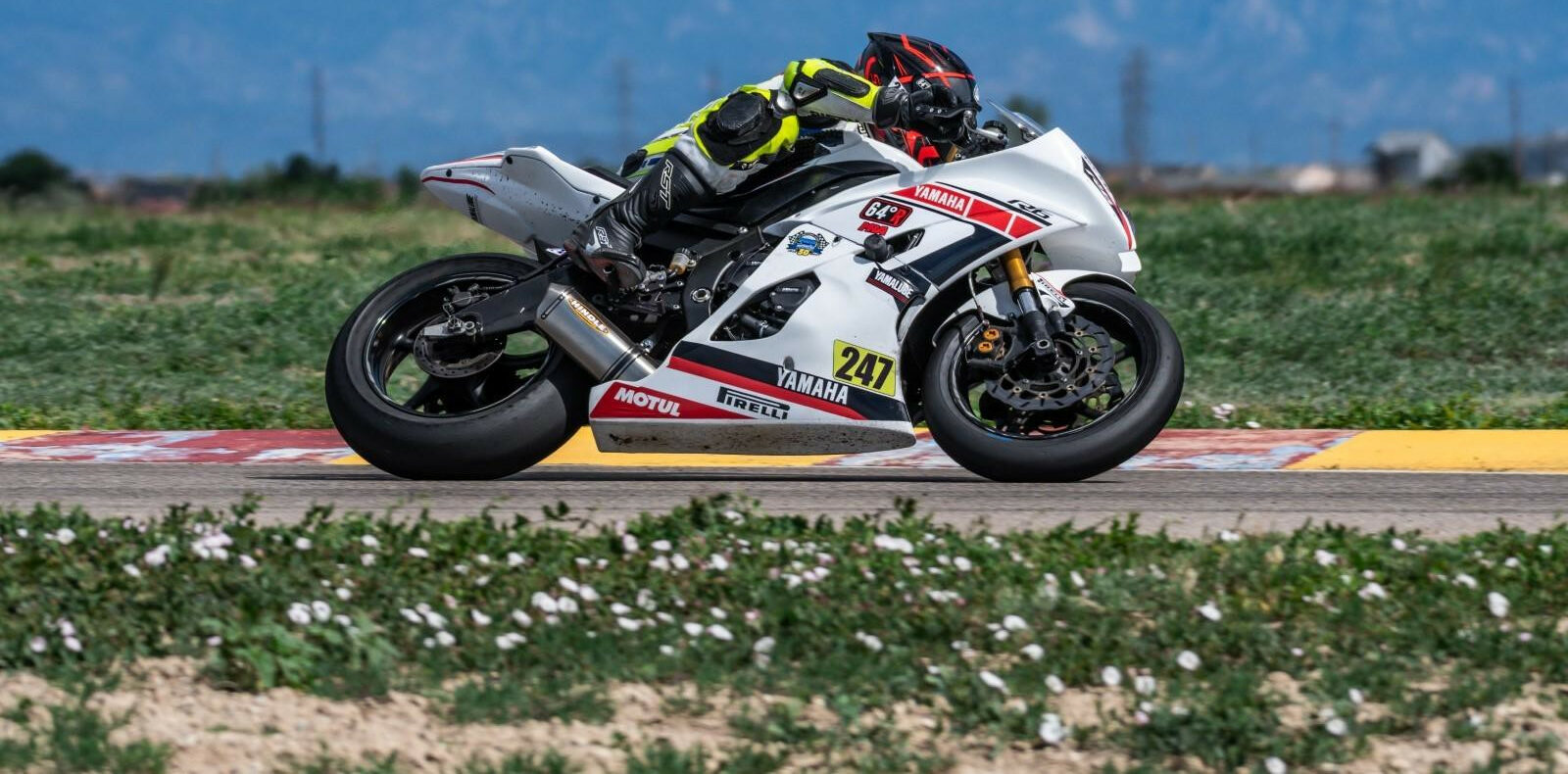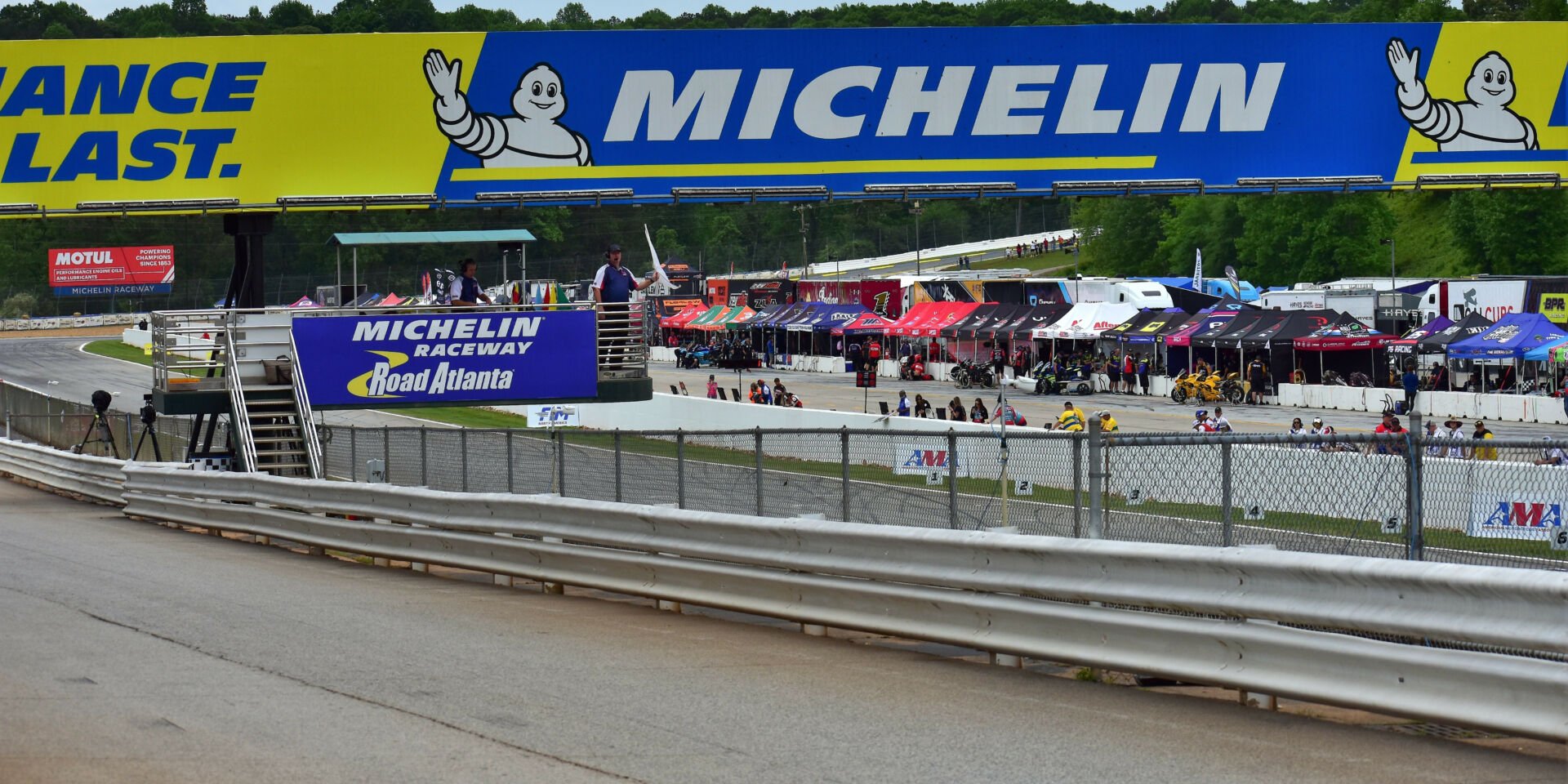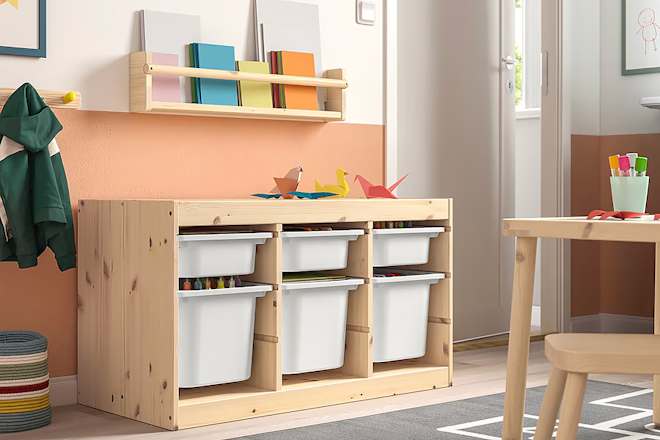The mechanical 'numbness' behind McLaren's problems
The reasons for McLaren's Miami Grand Prix qualifying underperformance offer more evidence of exactly what's hampering its drivers
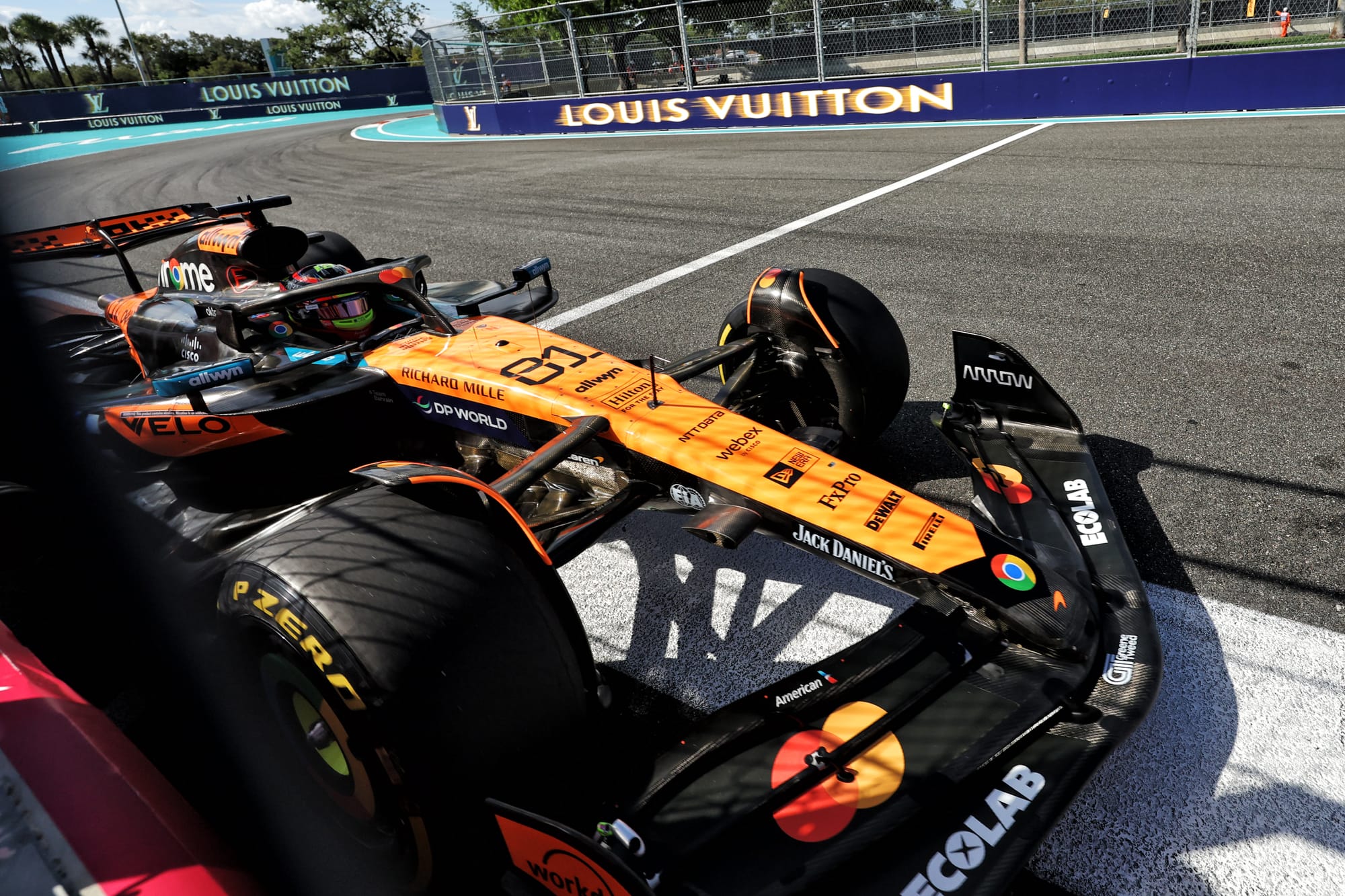

While the consensus remains that McLaren has the best car in Formula 1 right now, Max Verstappen's third pole position of the season for Red Bull in Miami has exposed that it is not the benchmark in all situations.
In fact, the manner in which Lando Norris and Oscar Piastri lost out in the battle for the top spot in qualifying – with both having scrappy second qualifying laps in Q3 – shows that the MCL39 has some key weaknesses that only display themselves when it is taken to the limit in those critical single-lap efforts.
Analysis of both Piastri and Norris's laps compared to Verstappen's reveals more evidence of a core characteristic that we have seen of the McLaren being difficult to master in heavy braking zones.
Piastri blamed ending up fourth on the grid on time loss he suffered at Turn 1, while Norris's hopes of pole position fell apart as he lost out with a lock-up into Turn 17 at the end of the long back straight that compromised both his entry and exit from the final corner.
In the eyes of McLaren team principal Andrew Stella, what was on display in Miami was the confirmation of a trend that he has noticed since pre-season testing.
"It's a car that offers its best when you are in continuous laps rather than the one-off lap in which you push 100%," he said, when asked by The Race in Miami about this qualifying trend.
Where the McLaren is falling short is in not giving its drivers confidence in braking zones due to a lack of predictability in how it behaves - which is exaggerated by it not giving them the feedback required to take it to the edge.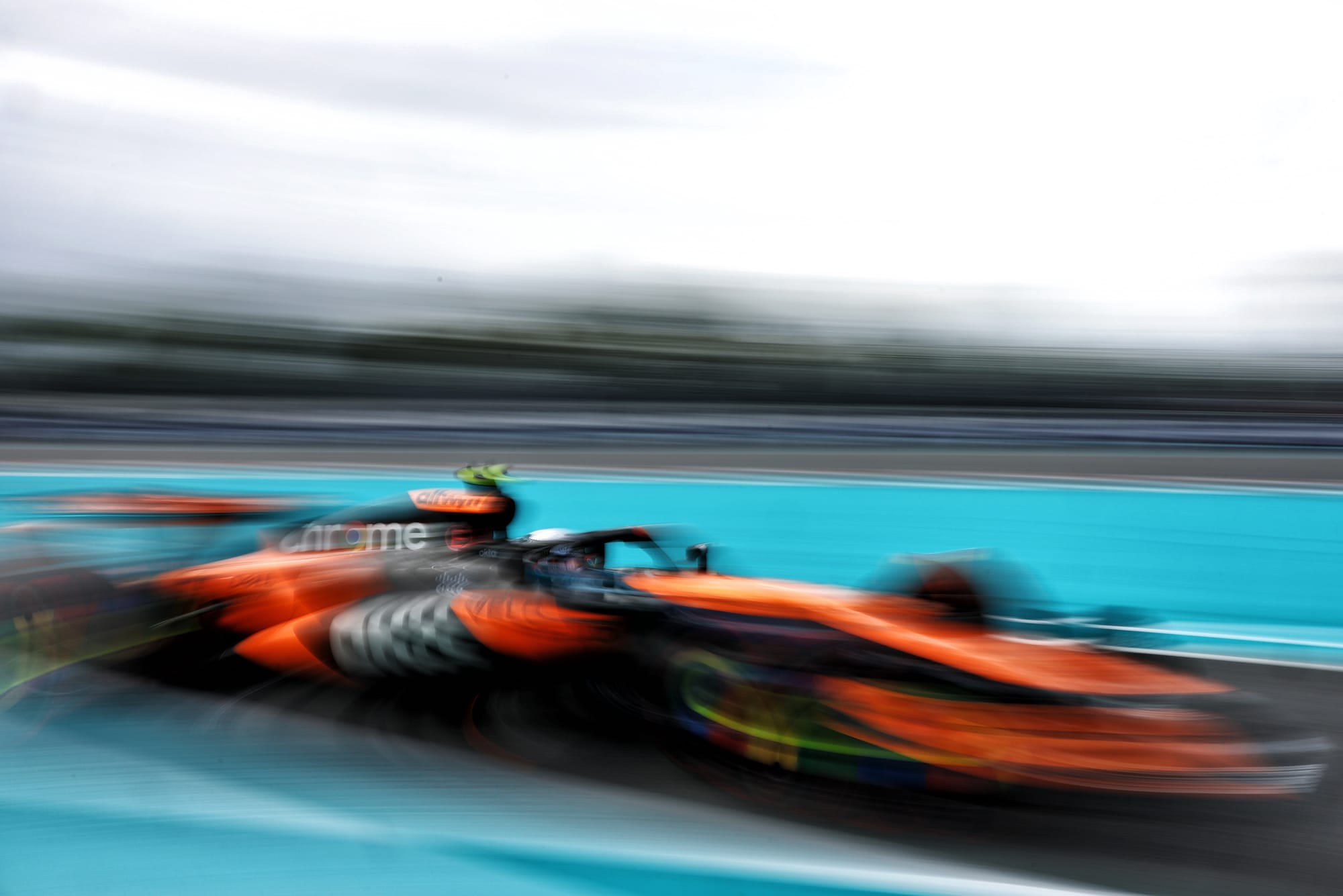
The absence of this feel triggers compromises on two fronts – either by increasing the risk of lock-ups that cost performance, or by making the driver bleed time under braking because they are too cautious.
As Stella explained: "We see with our car that occasionally we can produce really good corners, but it's difficult to be repeatable for our drivers.
"Oscar made a comment, he said after the Q2 lap that he thought ‘wow, this corner 1 is so good I'm not sure I'm going to be able to repeat because I'm not sure exactly how I made it, because the car didn't give me great feeling as to how this was happening'.
"It's a car that doesn't give you much cueing, which is the technical word we use. And this means that it's not easy for our drivers to repeat some peak performances that we can see in the visual laps."
World championship leader Piastri said that his struggles in Miami qualifying, especially the repeatability of his pace in Turn 1, said everything about where gains needed to come from.
"There are definitely still some things with our car that we want to try to address and driving it right on the limit is one of them," he said.
"I think this weekend it has had enough pace to be on pole, it's just that I've not done as good a job as I should've, unfortunately.
"It's always been tight. The gap's always been close and potentially our advantage has been a little bit more on Sundays.
"But our picture of where we stand has always been that if we make mistakes, we're going to be beaten and that's been true here."
Upgrades coming
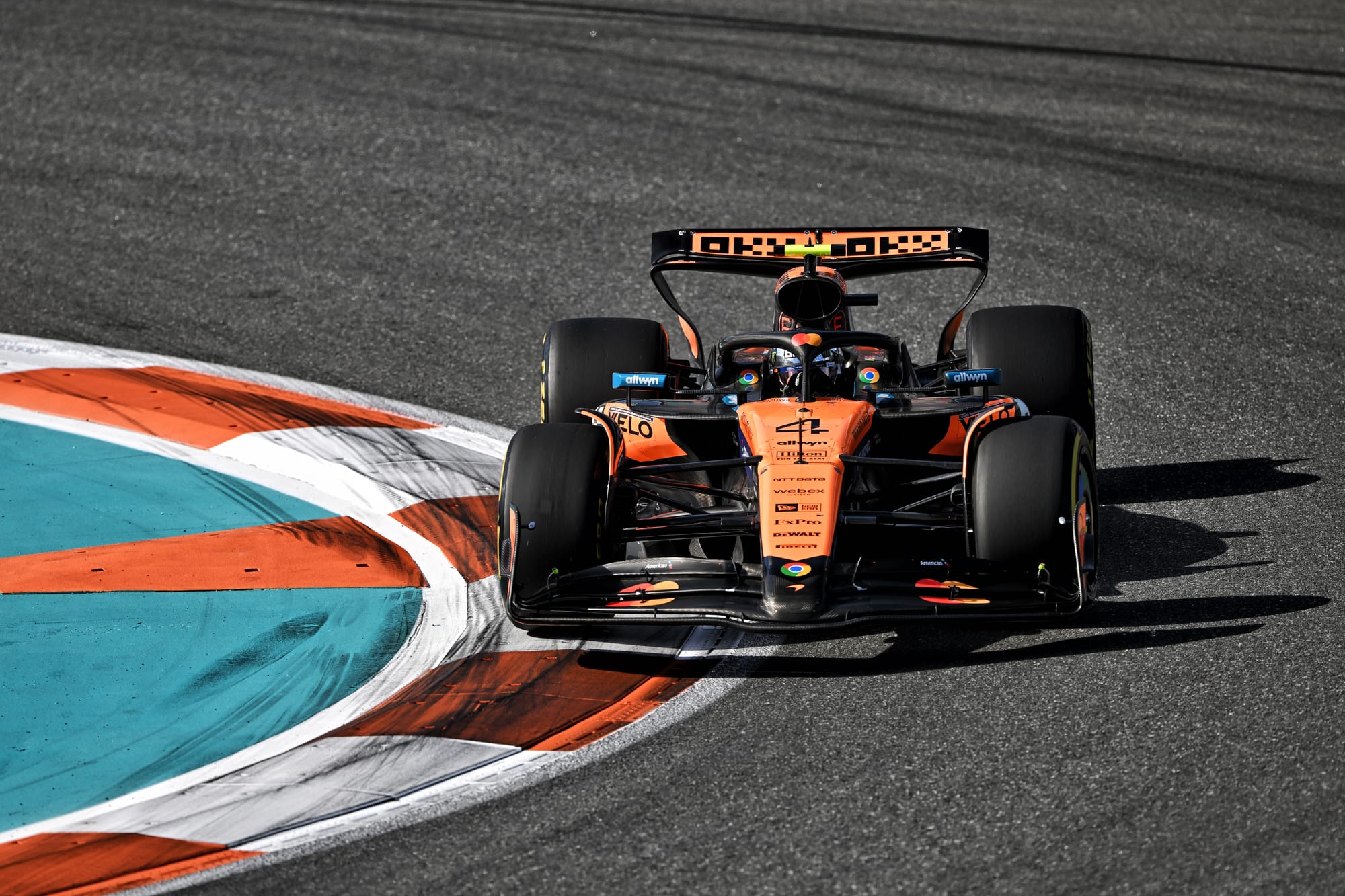
While McLaren's strengths on race pace and tyre management have still allowed it more often than not to overcome what it loses in qualifying, that does not mean it is satisfied with where things are.
Stella has said that upgrades are being planned in the next few events – most likely for the Imola or Spain events either end of the upcoming triple-header – that could help address some of these fundamental weaknesses that exist when it comes to giving the drivers the feedback they require.
"From a technical point of view, we are definitely trying to assess, on a solid engineering basis, our understanding so we can make some adjustments that our drivers can test, to see if we can give them a car that is just slightly more predictable, and rich of information in terms of how the grip is when driving the car at the limit.
"Are we locking tyres? Where are we with the front grip? It's a very technical thing in itself.
"I think we now have a good understanding and definitely we are working on some solutions, because the benefit is not only for this year. It's also a benefit in terms of designing the car for the future."
While Stella would not elaborate on the specifics of the upgrades that were being planned, he said the key focus was on improving the feedback that Norris and Piastri were getting.
Asked by The Race whether a mechanical solution was needed given the likelihood of this being mainly related to the front suspension, Stella replied: "In terms of detecting where the limitation may be coming from, you are, I would say, relatively accurate.
"The feeling coming especially from the front axle is relatively numb.
"It means that the drivers have to sort of apply some judgement which is not necessarily based on 'this is what I'm feeling therefore this is how I'm going to adapt'. It's more based on what happened in a previous lap, if that makes sense? Which is not a comfortable position to be for a Formula 1 driver. You really like to have very clear information coming from your car.
"In terms of whether this is coming from mechanical, aerodynamic, or some other aspects, or tyres for instance, I think I've already given enough details and maybe we can expand at a future session once we have tested some of our options and hopefully I can report that we have even made some improvements."
For a team that still remains strong in the race pace, there is certainly no huge alarm over what it is finding with the MCL39 – but Stella concurs that he could certainly make life better for his drivers if they do not start Sundays on the back foot.
"I would say we have a very fast, competitive car, but if anything this is the area in which we have to improve the most," he explained.
"Because if you can qualify the car locking out the first row then everything becomes quite a bit easier."

